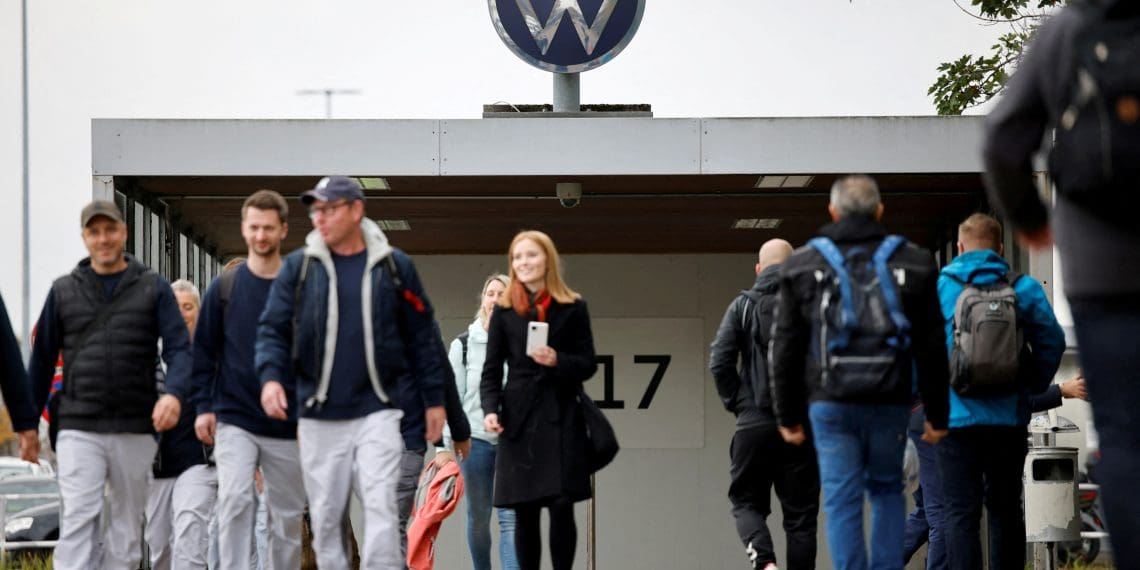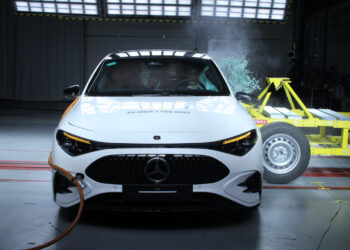Volkswagen, the iconic German automaker, is facing a monumental crossroads as its CEO, Oliver Blume, candidly addresses the company’s mounting struggles. In a recent interview with Bild, Blume attributed the brand’s challenges to “decades-long structural problems” that have left VW lagging behind competitors. High labor costs, declining global sales, and mounting pressure from rivals—especially China’s EV juggernauts—have forced the automaker into a position where sweeping cost-cutting measures are no longer optional but necessary.
Decades of Challenges Come to a Head
Volkswagen’s woes stem from a system built over decades. With rising labor costs in Germany and production inefficiencies, Blume hinted at painful solutions. Massive layoffs, potential pay cuts, and the closure of three factories in Germany are on the table. Employees at all German factories have already begun striking this week, voicing their discontent as the company grapples with the possibility of slashing wages by 10%.
VW’s current predicament isn’t entirely unexpected. The automaker has seen slower sales globally, exacerbated by fierce competition in the EV sector from China, whose manufacturers are producing vehicles faster and cheaper than their European counterparts.
Speeding Up Production, But at What Cost?
In a bid to claw back competitiveness, VW is drastically reducing its vehicle development times. Kai Grünitz, VW’s head of technical development, revealed to Automobilwoche that the company aims to cut the traditional 4-5 year development cycle down to just 30-36 months. For models based on existing platforms, the timeline is even shorter.
How does VW plan to achieve this? By reducing reliance on physical prototypes—40% fewer were built in 2024—and pivoting toward digital simulations and virtual testing. Grünitz assured that these changes wouldn’t compromise quality, claiming,
“We can now run the entire development chain with a digital prototype, shortening the product development process and reducing costs without sacrificing testing depth.”
However, skeptics worry that cutting corners could harm VW’s reputation for reliability, especially as competitors like Tesla and BYD continue to innovate rapidly.
Listening to Customers, Cutting the Fluff
Volkswagen’s strategy includes scaling back unnecessary features in its vehicles. Grünitz emphasized a shift toward customer-driven design:
“The priority has been switched to useful features that offer real value instead of being there just for the sake of it.”
This focus aims to eliminate wasteful spending on bells and whistles that customers neither notice nor use, allowing VW to reallocate resources where they matter most.
Scrapping Big Plans to Optimize Existing Facilities
Volkswagen’s initial plan to invest €2 billion in a state-of-the-art factory capable of producing cars in just 10 hours has been shelved. Instead, the company is doubling down on optimizing existing plants by installing advanced tools and collaborating more closely with suppliers to boost efficiency. The goal: radically cut manufacturing times without the need for new facilities.
The Human Cost: Strikes and Uncertainty
The announcement of potential job losses and plant closures has sparked outrage among VW workers, leading to widespread strikes across German factories. Management’s proposal to slash wages and close factories underscores the severity of the crisis.
Volkswagen workers now face a grim reality. Blume’s cost-cutting measures may ensure the company’s survival in a fiercely competitive market, but at a steep human cost. Thousands of jobs hang in the balance, and for now, there are no guarantees that these sacrifices will save the automaker from further decline.
The Road Ahead
Volkswagen’s future depends on its ability to adapt quickly while balancing cost savings with maintaining its identity as a leader in automotive quality. With the Abu Dhabi Grand Prix-level pressure mounting on the Wolfsburg-based automaker, the stakes are clear: innovate or fade into obscurity.
As the automaker’s employees protest in the streets, the rest of the world watches to see whether VW can steer itself out of this crisis—or if the iconic brand is heading for a breakdown.










